Blogging is about more than just writing content for your own website. There are any number of other venues you can use to build thought leadership and exposure, whether it's through guest posting, sites like Medium, or articles on LinkedIn.
LinkedIn is a surprisingly popular venue for blog posts, though it's not applicable to everyone. The demographics of a LinkedIn audience are skewed, and they may not be receptive to certain kinds of content.
Oberlo has a good rundown of these statistics and more if you want more detail and context.
 If the audience you want to reach is on LinkedIn, it's an excellent platform to use. On the other hand, if you're writing the wrong kind of content (or writing it the wrong way), you're likely to see your efforts wasted.
If the audience you want to reach is on LinkedIn, it's an excellent platform to use. On the other hand, if you're writing the wrong kind of content (or writing it the wrong way), you're likely to see your efforts wasted.For the sake of this article, I'm going to assume that you've done some legwork and you've determined that your audience is, in fact, active on LinkedIn. If that's the case, then you want to write content for LinkedIn articles that has a decent chance of going viral. The only question is, how can you do it? I've put together a dozen top tips to help you achieve that reach.
A viral article starts with a viral-worthy topic. If it's not something people care about enough to share with their friends/family/coworkers/audience, it's not going to go viral. On the plus side, there are plenty of possible ideas out there.
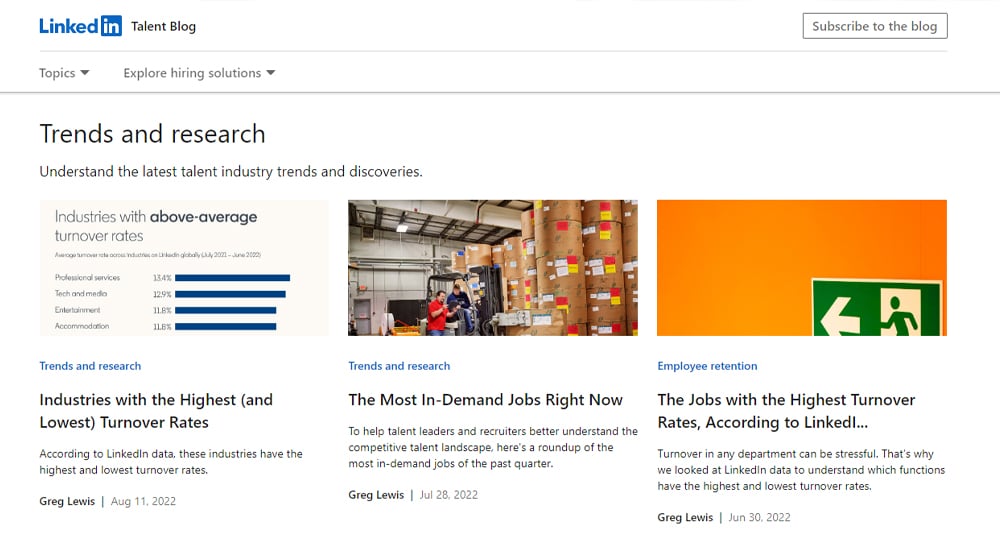
Some possible ideas include:
Picking a topic you know a lot about and can use to add value to a discussion is great. You also want to make sure it's a topic with enough nuance or flexibility that people can discuss it.
Writing a great headline is absolutely critical because most people won't read anything if the headline doesn't catch their attention.
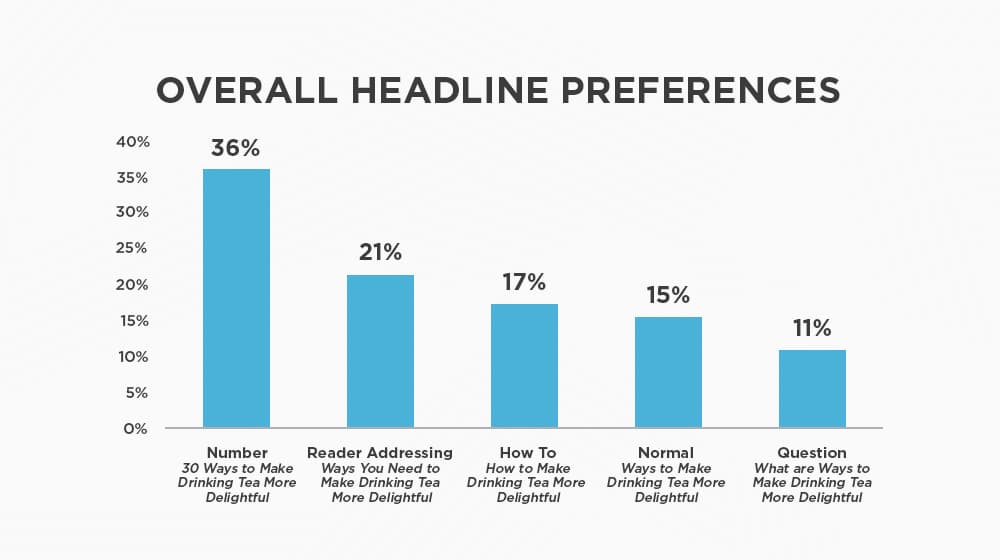
Some tips for a great headline include:
Neil Patel has an excellent guide to creating compelling headlines over here. It's more of a general guide for marketers, but just about everything he says applies to LinkedIn just as much as to your own blog, so it's an excellent read.
The majority of the people who see your LinkedIn article will only see the title and cover image and won't look any closer. The ones who click through will be interested enough to start reading your intro and maybe a table of contents, but you have a lot of work ahead of you to keep them engaged.

There are a lot of language tricks you can use to hook someone – like starting off with a question – but one of the most important factors is an easy, logical flow throughout your whole post. Leaps in logic, jumps in topic, anything that breaks the reader's attention is enough to turn them away, often without sharing, commenting, or otherwise engaging.
Anyone can write surface-level news reporting and parrot basic analysis from actual industry sources. Your job is to be those industry sources. Deep, analytical content is important for positioning yourself as a leader in your industry.

Of course, the deeper and more focused your content is, the less likely people outside of your niche are going to care about it. One common technique is to find some kind of insight or influence in your industry and figure out how the same thing might apply to another industry or to the world as a whole.
Make bold claims, and back them up. If people disagree, great! That fosters conversation.
Speaking of fostering conversation, taking a controversial stance with your opinions is one of the greatest ways to go viral on any platform. By posting something with a firm stance, especially when the topic is divisive, you get people arguing. People who argue also share the post (either to support you, back up their own opinion, or try to dunk on you), and they comment on it to argue with other people in the comments. All of this sharing and engagement is excellent for your chances of going viral.

Just make sure you aren't being transparently manipulative with an opinion you don't actually hold or taking a stance that runs counter to societal norms. You want to foster a good-spirited argument, not your own ostracism from society.
An excellent way to weaponize controversial opinions is to take a common opinion, invert it, and use it as your headline. That gains attention, and then you can either back up the position or prove it wrong throughout the course of your post.
One of two tips in this post that don't have to do with the writing directly is this: make use of great images. LinkedIn articles start with a cover image to go with your title, and you can add other images along the way. Make these relevant to the topic, as unique as possible (don't just grab stock images), and compelling visually.

Trust me; everyone is bored of a picture of a chain on your link-building article. Find something new.
One of the best tips I can give you for any web content you create is to keep your paragraphs short and your sentences punchy.
Make liberal use of formatting (bold, italics, underline) and bullet lists, subheadings, and even images to break it all up. Make each thought carry the reader on to the next without giving them time to pause and reflect, because that's when they duck out.

Remember, too, that something like 57% (or more, by now) of LinkedIn traffic comes from mobile devices. If you're filling a screen with a wall of text, you're going to bore your readers and drive them away.
Keywords are an important part of SEO; there's no doubt about that. If you're used to creating content for Google, though, you'll probably have a tricky time optimizing for LinkedIn's search. LinkedIn treats keywords a lot more like Google did a decade or three ago.
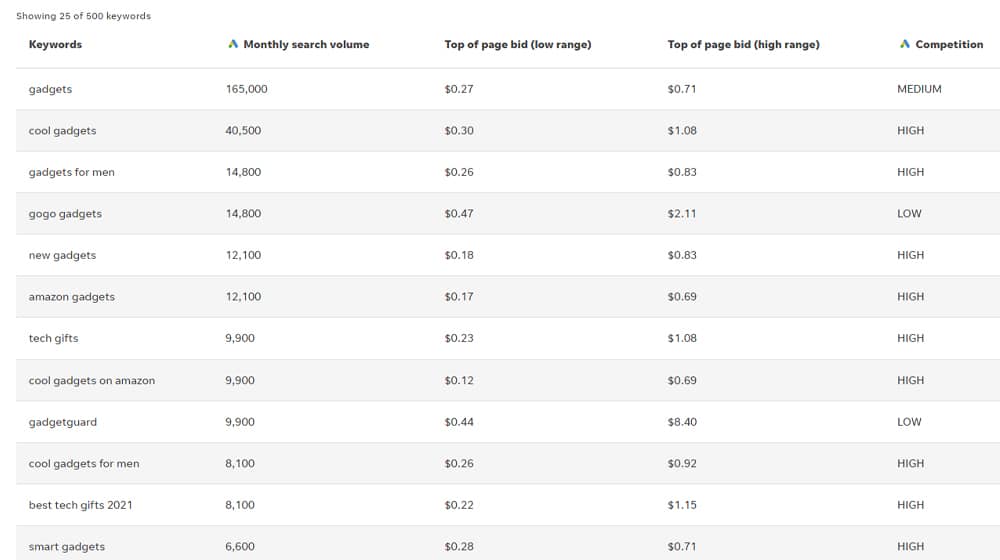
Primary keywords, exact match keywords, and topic keywords; these are all good. Synonyms and latent semantic indexing and all of the contextual matching Google does are absent in LinkedIn's algorithms.
If you want to go viral on LinkedIn, you need people to want to share your content. If your headline alone isn't enough, pull quotes may be.

One way people may get confused is by using quotes from other sources as your pull quotes. While it's good to quote others to back up your points, those shouldn't be your pull quotes. Your pull quotes are all you – something another user can cite you as saying, with a link to your post to share the source.
Your pull quotes should be punchy statements that showcase the value, topic, and purpose of the post. You want other people who see the quote to be interested enough to click through and read the post themselves.
I don't mean unique in the "duplicate content penalty" sense; I mean unique in terms of the coverage, angle, and value of the content. If every post you publish is just something another influencer wrote (and probably did better), why would anyone want to share your posts?

Now, that doesn't mean you have to avoid any topic someone else has covered. You just need to figure out how to put your own unique spin on it. If they go broad, you go deep. If they go deep, you compare to other industries. If they go long, you make it snappy. Make your content worth reading.
Comments do several things, all of which are beneficial to your articles.
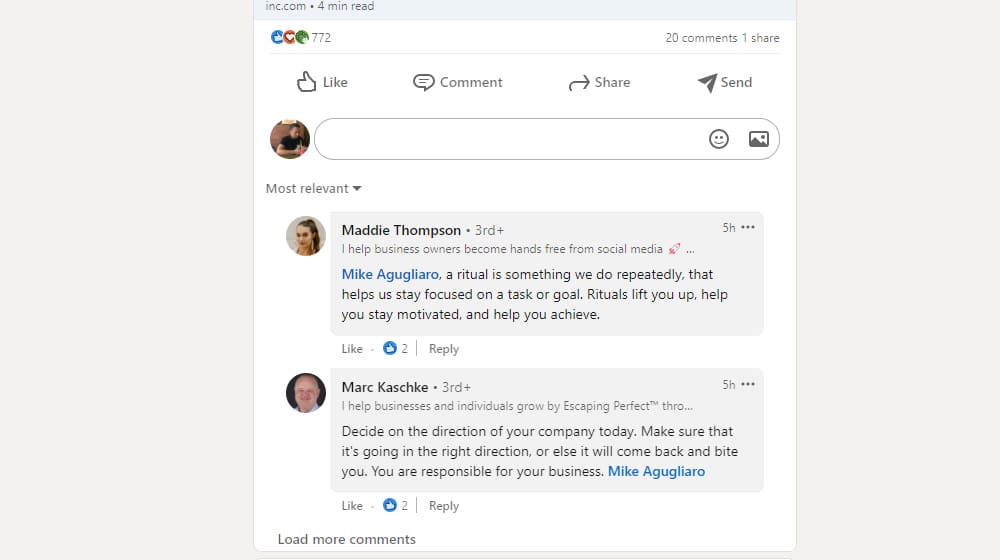
For example:
On top of all of that, comments can also add points or data you didn't think of or know about, which can further improve your content.
To round out this post, I need to discuss the other half of going viral: promotion. You can't just write a piece of content and hope it will go viral; you need to promote it as well. There are a lot of different ways to do so, both using LinkedIn's tools and external channels.
1. Use the @ feature to ping relevant people.
While you don't want to be spammy with this, if you tag relevant people (such as people you quote, people you respond to, and people you cite as sources), you can get your content in front of them. Then they have a chance to respond or even share your content with their audience, giving you an instant boost.
2. Share your article in relevant groups.
LinkedIn groups are a great way to promote your content, but the groups need to be relevant. You also need to make sure to only share with highly relevant groups, so LinkedIn doesn't bop you for spam. The last thing you need if you're going to try to go viral is people purging your content because they view it as spammy.
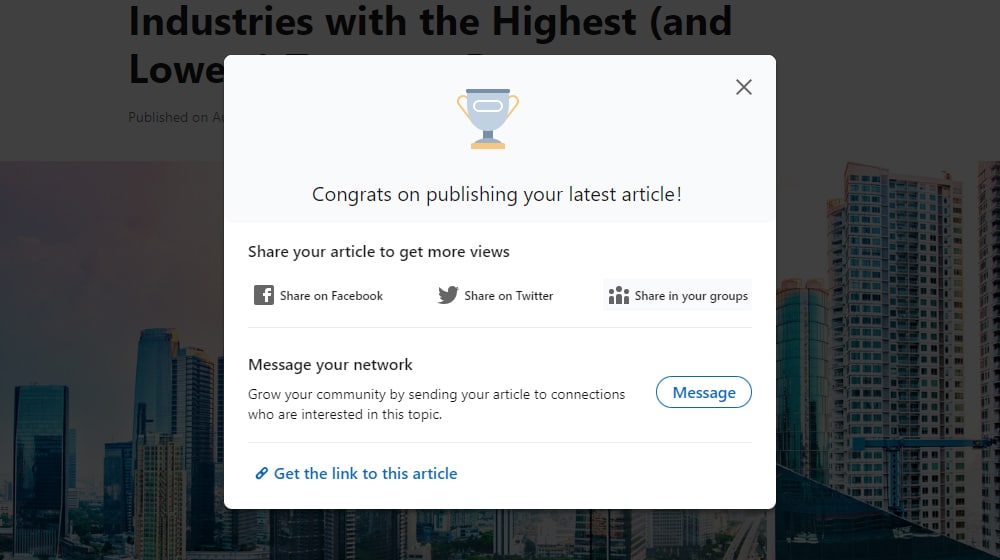
3. Share your article on different channels.
There are all kinds of other channels you can use to promote your LinkedIn articles. You can share them in your business newsletter. You can post them on your Facebook page or your Twitter feed. Most of these channels can even support multiple shares of the same links several times over the course of a few days, which can further encourage getting exposure and shares.
4. Publish at the right time of day.
A minor but relevant step you can take is to make sure you're publishing your LinkedIn article just before peak hours for your audience. Remember that a huge number of the people using LinkedIn are working traditional 9-5 jobs and have families, so their free time to read articles is relatively limited. The time they spend on LinkedIn is spent on lunch breaks and commutes, and you want to be at the top of the feed when they happen to check.
5. Build your LinkedIn personal/business network.
Another key to going viral on LinkedIn is engaging with the whole system. You need a highly optimized profile, you need as many connections as you can get, and you need to rack up those recommendations. The better your account looks to others, the more visibility you will get. It's all a LinkedIn-specific form of trust signals.
There's more than just these steps, of course. I don't have the space to create a truly ultimate guide to LinkedIn virality, nor the time to keep it up to date. Hitting all of these main points, though, will get you most of the way there. After that, it's more of a matter of luck, the algorithm, and the whims of the community at large. Good luck!
After reading today's article, do you have any questions? Was there anything that was mentioned in this article that you'd like to be discussed a little more in detail? If so, be sure to leave a comment down below, and I'll help you out however I can!
We encourage you to share this article on Twitter and Facebook. Just click those two links - you'll see why.
It's important to share the news to spread the truth. Most people won't.